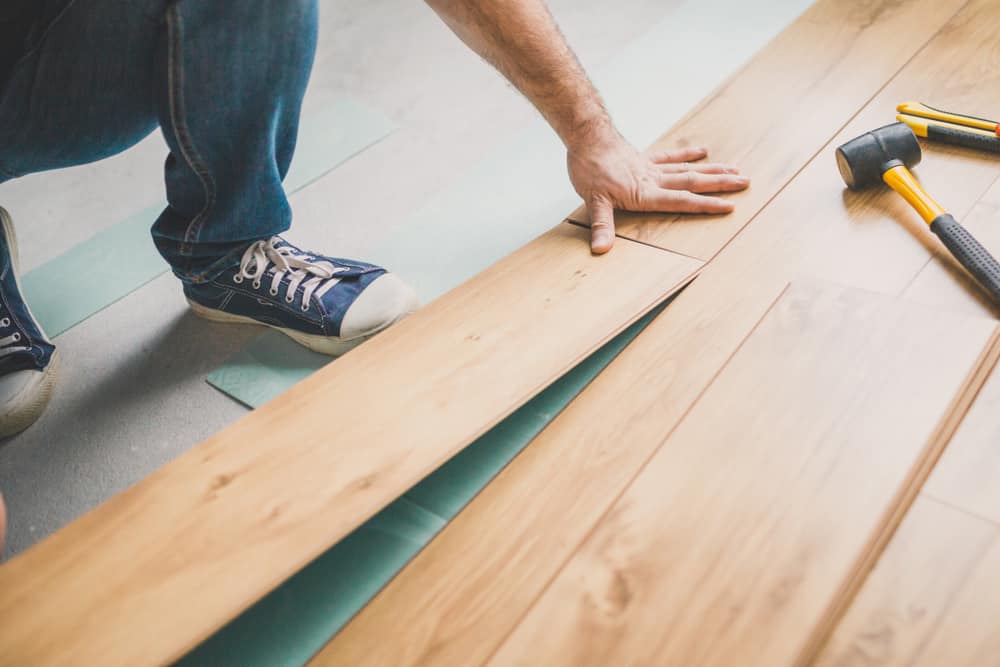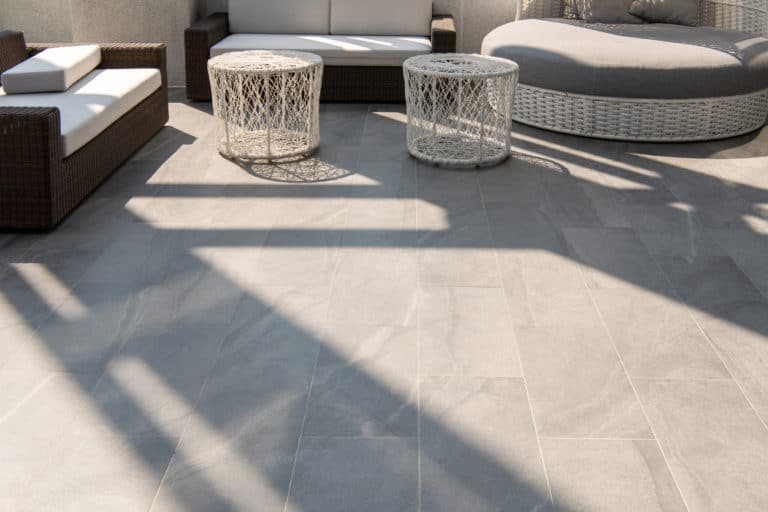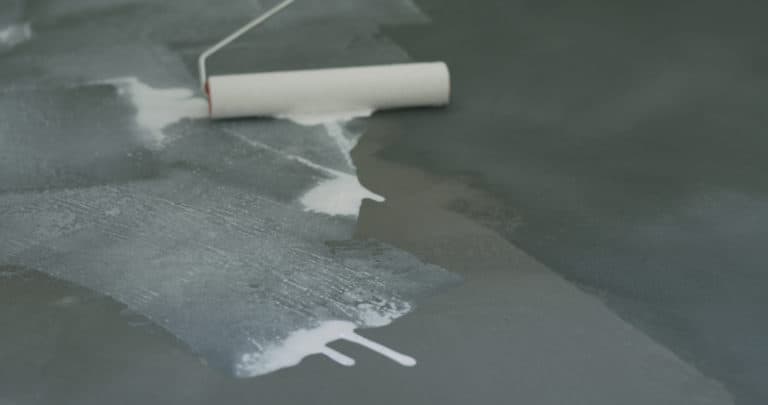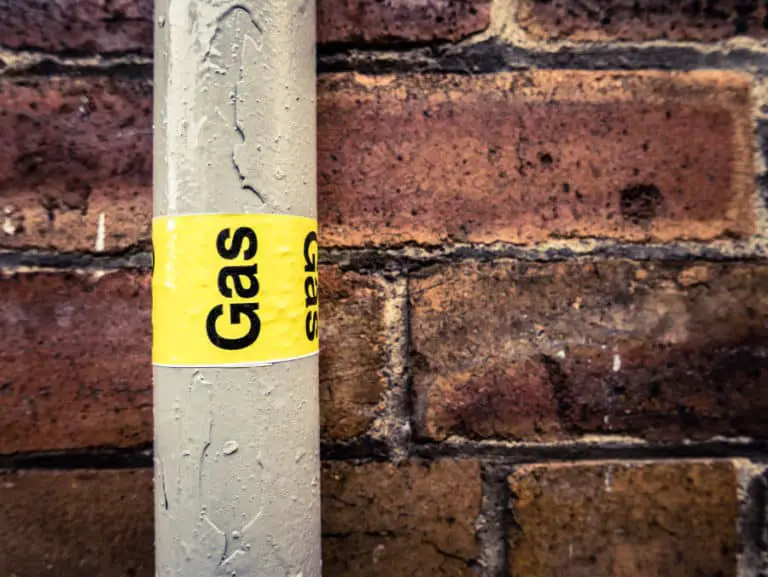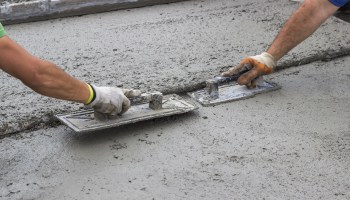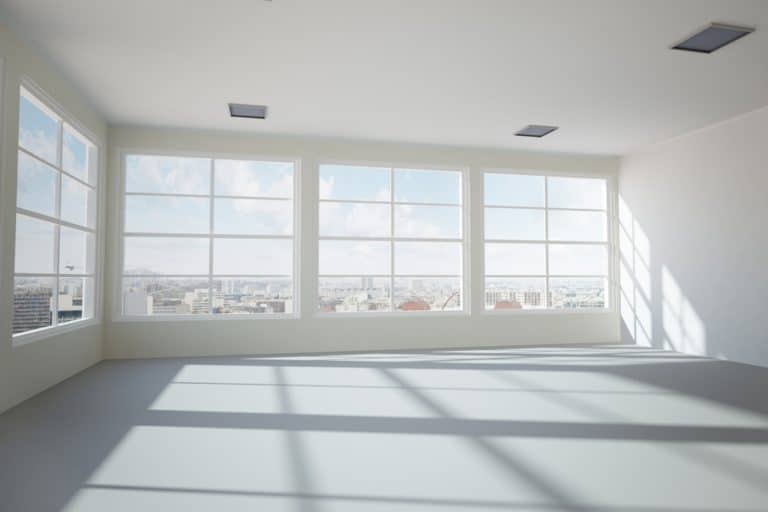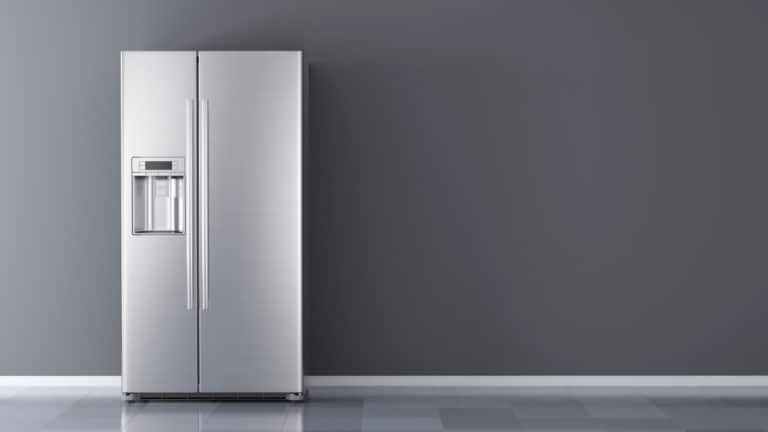Are Floating Floors Noisy?
Floating floors are a significant advancement in flooring technology. At the same time, the first launched product did attract criticism; it has been refined over the years, and the latest developments are user-friendly, easy to install, and low cost.
If floating floors are installed incorrectly, they are more susceptible to temperature changes which will cause the laminate pieces to expand and contract and eventually loosen the joints between them. If the flooring is laid too close to the walls, it will knock the wall as people walk over it.
For a good reason, floating floors are generally regarded as inferior to glue-down or nailed-down solid wooden flooring. Despite this, the noise levels will be significantly reduced if installed correctly, and the manufacturer’s instructions are followed closely.
Why Do Floating Floors Squeak?
Walking on a floating floor in the dead of the night while trying not to wake the children up creates noises that seem to be amplified the later it gets.
Floating floors which have been laid incorrectly are more likely to squeak.
In most cases, the problems occur when the instructions with the flooring are not followed to the letter.
It is very important because, unlike fixed flooring, floating floors move as they expand and contract.
There are two primary causes of the floor movement, as follows.
- The room temperature.
- The floor has been laid incorrectly.
The Room Temperature
The expansion is caused by the heat in the room rising, whereas contraction is a result of the opposite.
There are three potential heat sources, which affect the flooring, these are.
- An electric radiant floor heating mat has been installed under the floor.
- There is a space heater or a stove which are heating the room.
- The home is situated in a hot and humid region.
There is not much you can do about the climate or that you may need a space heater in the middle of winter. It is important that before you install an electric radiant heating mat under the floating floor that you verify the recommended maximum temperature of the subfloor as recommended by the floating floor manufacturer.
Most manufacturers recommend that the sub-floor temperature does not exceed 850F.
The water circulating through the radiant floor heating tubes often exceeds 1200F
This excess temperature will cause the individual floating floor lengths to expand and open up the joints. When the heat is turned off, the flooring starts to contract.
The continual expansion and contraction will disturb most floating floor installations.
The result is that the joints will make a noise when standing on.
Incorrect Installation
There are generally two mistakes that are made when laying a floating floor.
These are:
The Underlying Subfloor Is Not Completely Flat
When you hear “snapping” sounds produced by the floor, the cause can generally be traced to an uneven subfloor. Floating floors will groan under the strain when it is walked over if there are hollow spots which the floor have to bridge or there are ridges weight stresses the interlocking.
The floating floor absorbs the additional forces that these imperfections cause. The grooves that make up the flooring joint move relative to each other, producing noise.
Floating floors don’t handle any unevenness in the subfloor, whether due to the primary floor surface or the subfloor material being uneven.
Even though the underlying flooring layers may have ticked all of the boxes when checked, it does not mean that they don’t have any uneven parts on the surface.
The floating flooring must be laid on a perfectly flat surface with no undulations.
The different manufacturer’s products will tolerate varying unevenness, and you should check and comply with the instructions in this regard.
If the primary floor surface has humps, you should chip or grind these away.
If there are small depressions on the floor, use a filling compound to smooth them out.
Use A High-Quality Underlayer
Always use a quality underlayment as the base of the intervening layer over the subfloor. The underlayer acts as a cushion and also a vapor barrier.
The material should be a dense, resilient foam rolled out over the subfloor.
While it cannot cancel out a very uneven subfloor, it absorbs minor imperfections and flexes in the surface flooring.
Laying a decent quality makes it softer and quieter underfoot.
The Floating Floor Panels Have Been Laid Too Closely To The Walls
Don’t lay the floating floor too close to the wall. Rather leave a ½ inch gap away from the wall.
It will stop the floating floor from butting up against the wall and making a noise.
How To Stop A Floating Floor from Making A Noise
While you may be forced to re-lay a floor that has been laid on an uneven subfloor, or if it has been laid with an insufficient;y sized gap to the walls, you can do something to stop the joints creaking due to age and general wear.
The following section describes the most effective way to too the floor noises.
How To Fix A Noisy Floating Floor
There are two simple methods to stop a floating floor from squeaking.
Baby Powder (Talcum) Can Stop A Floor Squeaking
Baby powder has several uses for which it was never designed.
Surprisingly one of them is to stop floating floors from squeaking!
- Pour a talcum powder (baby powder) layer over the squeaking joint.
- Work the talcum powder into the joint by rubbing a soft and clean cloth over the powder joint.
- Place the cloth over the offending area on the floor and gently tap it with a rubber-nosed mallet.
- Repeat this process several times.
Bicycle Chain Wax Can Stop A Floating Floor Squeaking
Another method to stop a floating floor from squeaking is to use Finish Line Bike Chain Liquid Wax.
- Pour a line of wax into the joint, which is squeaking.
- Carefully work the liquid wax into the joint.
The wax leaves the bottle as a liquid; however, it quickly hardens when exposed to air and is an effective product to stop a floating floor from squeaking. Amazon Link
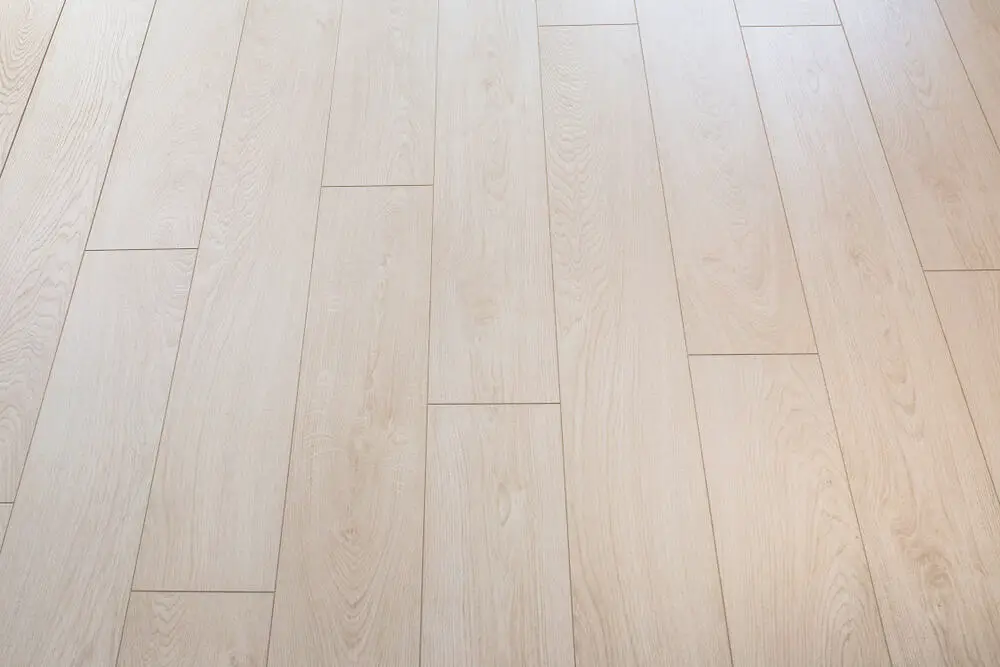
Which Is Better, Floating, Or Fixed Floors?
If you consider laying down a wooden floor, the following section will help you choose the most suitable flooring type for your circumstances.
Comparison with glued-down floors.
| Floating floor | Conventional wood floors | |
| Product cost | $2 to $6 per square foot | $5 to $10 per square foot |
| Cost of installation | $6 and $12 per square foot | $8 to $25 per square foot |
| Durability | 5 – 10 years | 25 – 100 years |
| Resistance moisture | Vulnerable to water | Resistant to water |
| Ease of installation | Very easy | Requires specialist |
| Comfort | more comfortable | Less comfortable |
| Noise level | Dependant on installation | Quieter |
| Quality of finishes | High | Depends on installer |
| Manufacturer warranty | Yes | No |
Conclusion
The design of modern floating floor material is significantly improved over the first launched products. Floating floors are very intolerant of incorrect installation and will generate more noise if the installation method is not optimal.
While floating floors are cheaper and more flexible to install, they last for a considerably shorter time than the equivalent solid flooring.

